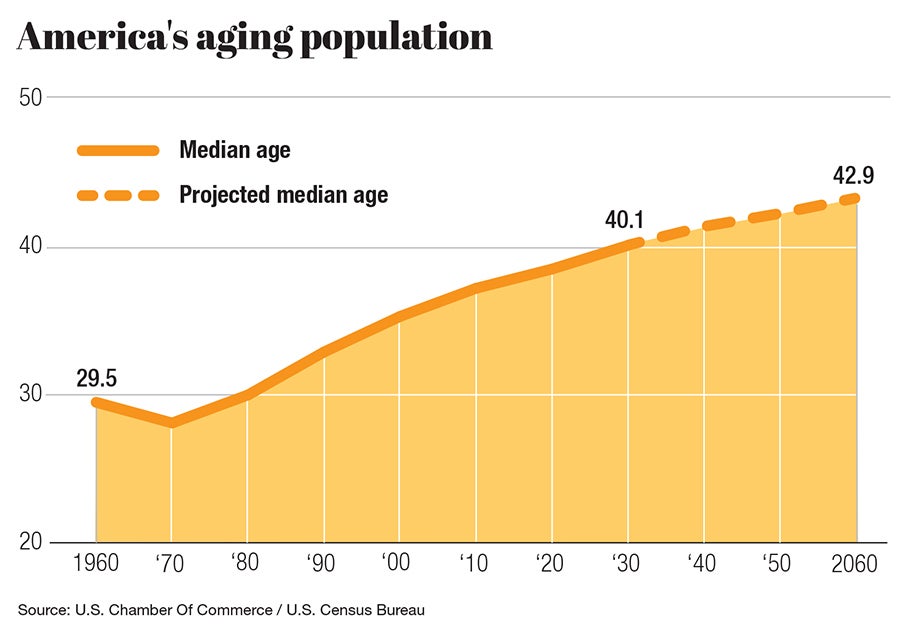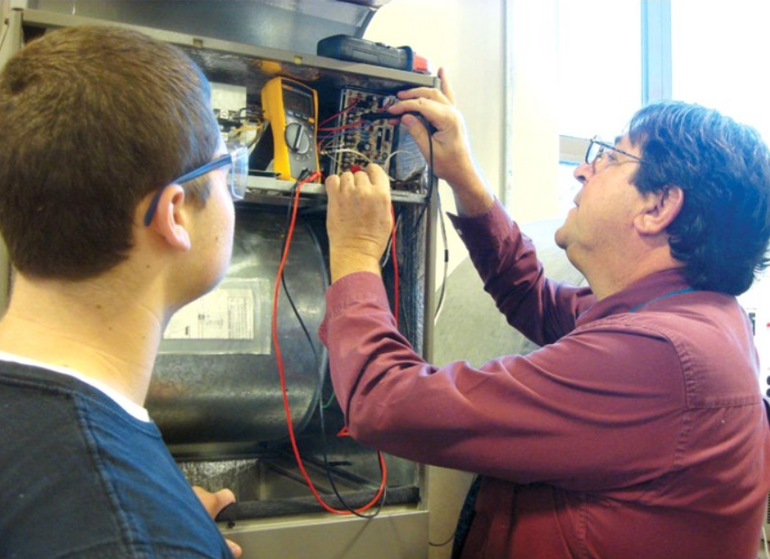The coming years aren’t just about attracting laboratory and white-collar workers. More opportunities and training options will be needed for the region’s immigrant and lower-income populations to thrive.
Get Instant Access to This Article
Subscribe to Worcester Business Journal and get immediate access to all of our subscriber-only content and much more.
- Critical Central Massachusetts business news updated daily.
- Immediate access to all subscriber-only content on our website.
- Bi-weekly print or digital editions of our award-winning publication.
- Special bonus issues like the WBJ Book of Lists.
- Exclusive ticket prize draws for our in-person events.
Click here to purchase a paywall bypass link for this article.
“We are called to be architects of the future, not its victims.” – R. Buckminster Fuller
It’s an unsettling time to be a Central Massachusetts business owner or employee. COVID-19 continues to reshape how and where we work. Boomer retirements elicit fears of not finding suitable replacements. Artificial intelligence looms as a workplace wildcard.
But Fuller’s observation above applies to the participants who agreed to share their vision of the coming decade. Most see opportunities disguised as challenges.
“I would say biomanufacturing, as well as clean tech. We have untapped potential in robotics, especially with the intellectual capital we have at WPI” and other local universities, said Worcester chief development officer Peter Dunn when asked to envision breakout work sectors. A recent study showed a slowdown in the state’s biomanufacturing scene, “but not in Central Mass. There was actually job growth.”
Prominent developer Bo Menkiti believes the future is in plain sight today.

“Part of the ability for Worcester to have quality workers is the ability to attract those workers,” said the Washington, D.C.-based Menkiti Group founder and CEO. “How do you retain the talent that’s being educated in Worcester? You have all these people being introduced to Worcester and having a formative experience there. You’ve got to get them to stay.
“It’s all there,” added Menkiti, whose latest city project will transform the Denholm site into rental and commercial spaces. “There’s great food options, great arts and culture, live music, sports. There’s more affordable housing than a lot of other major employment centers. And you’ve got a pretty powerful pipeline to tap.”
The coming years aren’t just about attracting laboratory and white-collar workers. More opportunities and training options will be needed for the region’s immigrant and lower-income populations to thrive.
MassHire North Central Career Center Director Staci Johnson sees promise in regional vocational schools’ transformations. “Unlike the old days, when kids who (attended) weren’t into academics, we’re finding the technical high schools are more particular about the students they’re accepting. They’re now cream-of-the crop schools,” she said.


For adult training, Leominster-based Johnson identifies a prototype for the future in the state Workforce Skills Cabinet, initiated under Gov. Charlie Baker, that has so far supplied $204 million in grants “to ensure that individuals can develop and continuously improve their skills and knowledge to meet the varying hiring needs of employers across the Commonwealth,” according to its website.
Untapped workplace potential also exists among entrepreneurial immigrants arriving here with degrees and high-end skills.
“When you look at the numbers, overwhelmingly, immigrants, migrants and especially the Latino Hispanic community, about 70 percent of them are entrepreneurs,” said author and digital media strategist Giselle Rivera-Flores, a Worcester Business Journal “40 Under Forty” award recipient. “What needs to happen is to increase access to capital, access to startup classes, and access to investments and angel investors.
“For a lot of us, that funding comes from our savings account,” she said.

The crystal-ball consensus among our experts is that the post-COVID work-from-home culture is here to stay, with hybrid work schedules becoming the norm. “In the next 10 years, that level of flexibility is going to continue to be demanded by the workforce,” said Dunn. He also noted the possible fallout for commercial businesses currently tied to 5- and 10-year leases that may no longer need all that space. “We’ll see how that plays out as these leases come up for renewal,” he said.
As for AI? “It could be used in a way that’s a form of oppression. On the flip side, it can equalize the playing field. People can gain skills and find ways to get better at things,” Rivera-Flores said. “It’s a nice tool to have, but only in moderation.”
“As far as it taking over human services, I doubt that very much,” said Johnson.
Predicting its uses and abuses in 10 years’ time is a crapshoot. We can hope for more guardrails like the recently signed AI Convention international treaty – the first of its kind – that will promote responsible uses for AI and address its risks.

